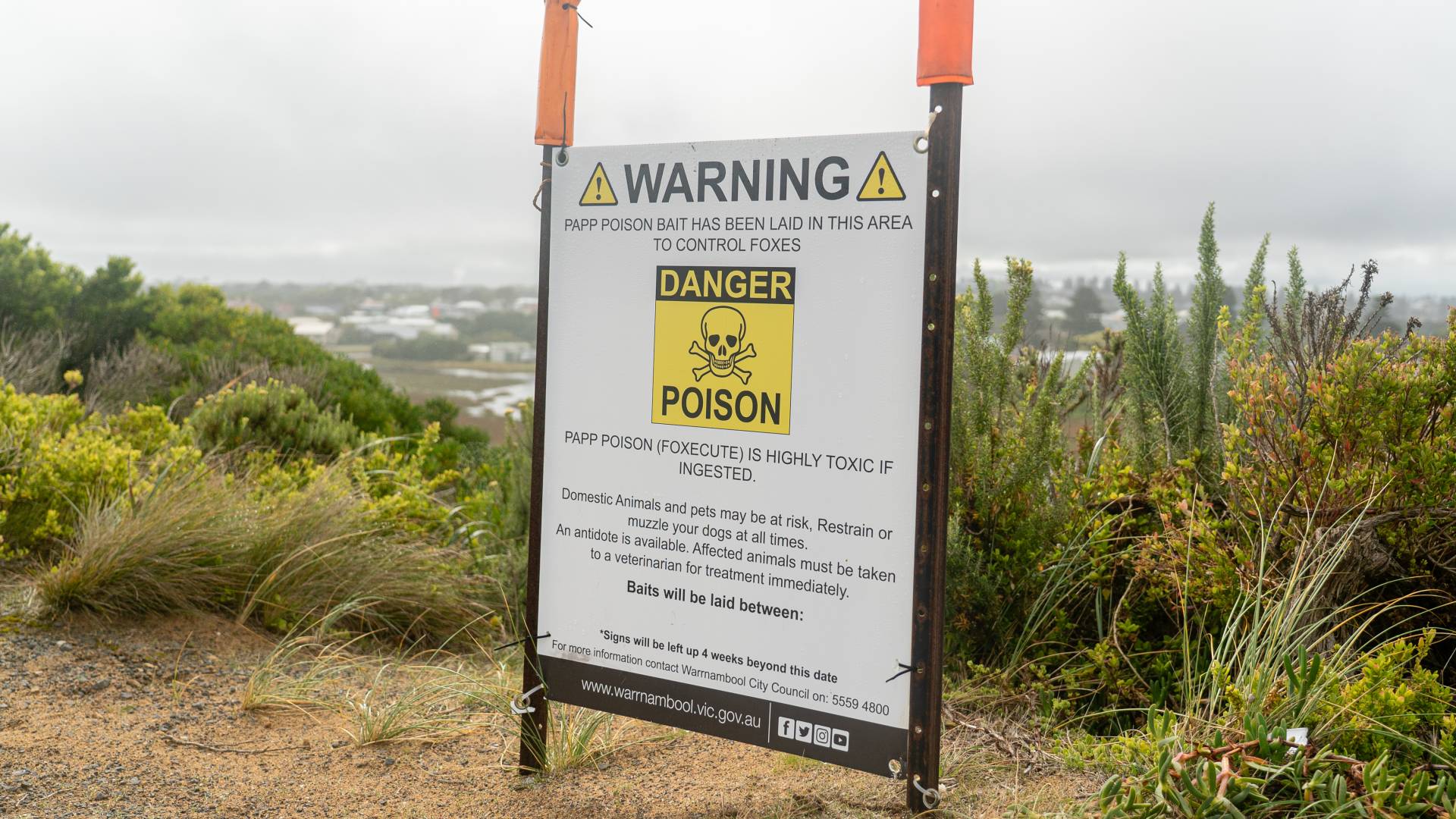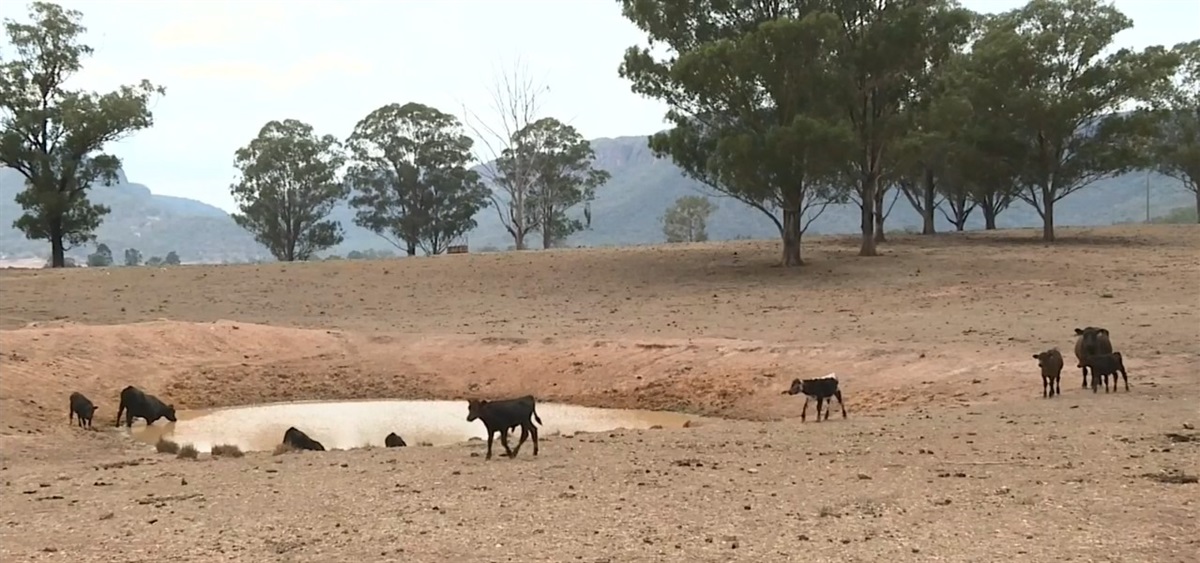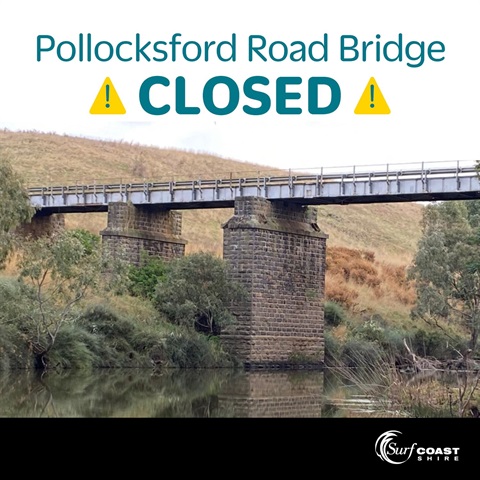The Phillip Island (Millowl) Wildlife Plan has been released to manage abundant wildlife on the Island in a way that balances the needs of both wildlife and the community.
The five-year plan was developed in response to the growth in populations of some species. This includes Cape Barren Geese, Swamp Wallabies and Brush Tailed Possums that are affecting the Island’s environment and community through over-browsing of native vegetation and crops, damage to amenity and buildings, and interaction with cars.
The Plan aims to achieve a sustainable population of native wildlife that allows environmental, social, cultural, economic and farming activities to continue on Phillip Island.
The Steering Committee, who oversaw the Plan’s development is made up of representatives from Phillip Island Nature Parks, Bass Coast Shire Council, Department of Environment, Land, Water and Planning (DELWP) and local landholders. The committee worked closely with the Traditional Owners, Bunurong Land Council Aboriginal Corporation and key stakeholders including the local farming community, wildlife carers and tourism operators.
The Draft Plan was released in November 2020 on the Engage Victoria website for community consultation. The committee also sought input through meetings and workshops with individuals and stakeholder groups and via online community consultation sessions.
Steering Committee Chair and Phillip Island Nature Parks Chief Executive Catherine Basterfield thanked everyone who contributed to this complex community challenge.
“The community consultation process on the Draft Plan highlighted strong support for non-lethal management methods. This aligns with what we have heard from landholders experiencing wildlife issues,” Ms Basterfield said.
“The final Plan reflects this and commits to exploring new and innovative management options that are effective and improve animal welfare.”
A dedicated project officer has just been appointed, and will start with prioritising tasks such as establishing governance arrangements, along with the roles and responsibilities required for overseeing the implementation of the Plan.
“We are encouraged by the community’s willingness to tackle wildlife management challenges and look forward to working together over the next five years to deliver new ways of managing abundant wildlife. We can’t do it without you.”
Over the next five years, the Plan aims to:
- Ensure the community values wildlife and contributes to its management.
- Improve animal welfare.
- Reduce negative impacts of wildlife.
- Maintain a viable agricultural industry.
- Establish partnerships, including with the Bunurong people, to deliver effective wildlife management.
Steering Committee member and DELWP’s Regional Director Gippsland, Darrin McKenzie said: “The Plan aims to build knowledge and understanding of wildlife populations and their impacts. This will ensure the information used in decision making is credible, reliable and transparent.”
“The plan includes partnership opportunities between agencies and landholders to deliver more effective wildlife management,” Mr McKenzie said.
Over past decades, the Island’s people, landscape, and wildlife have all benefited from some impressive management achievements and practices, such as eradicating foxes, restoring habitat, controlling weeds, and improving farming practices.







